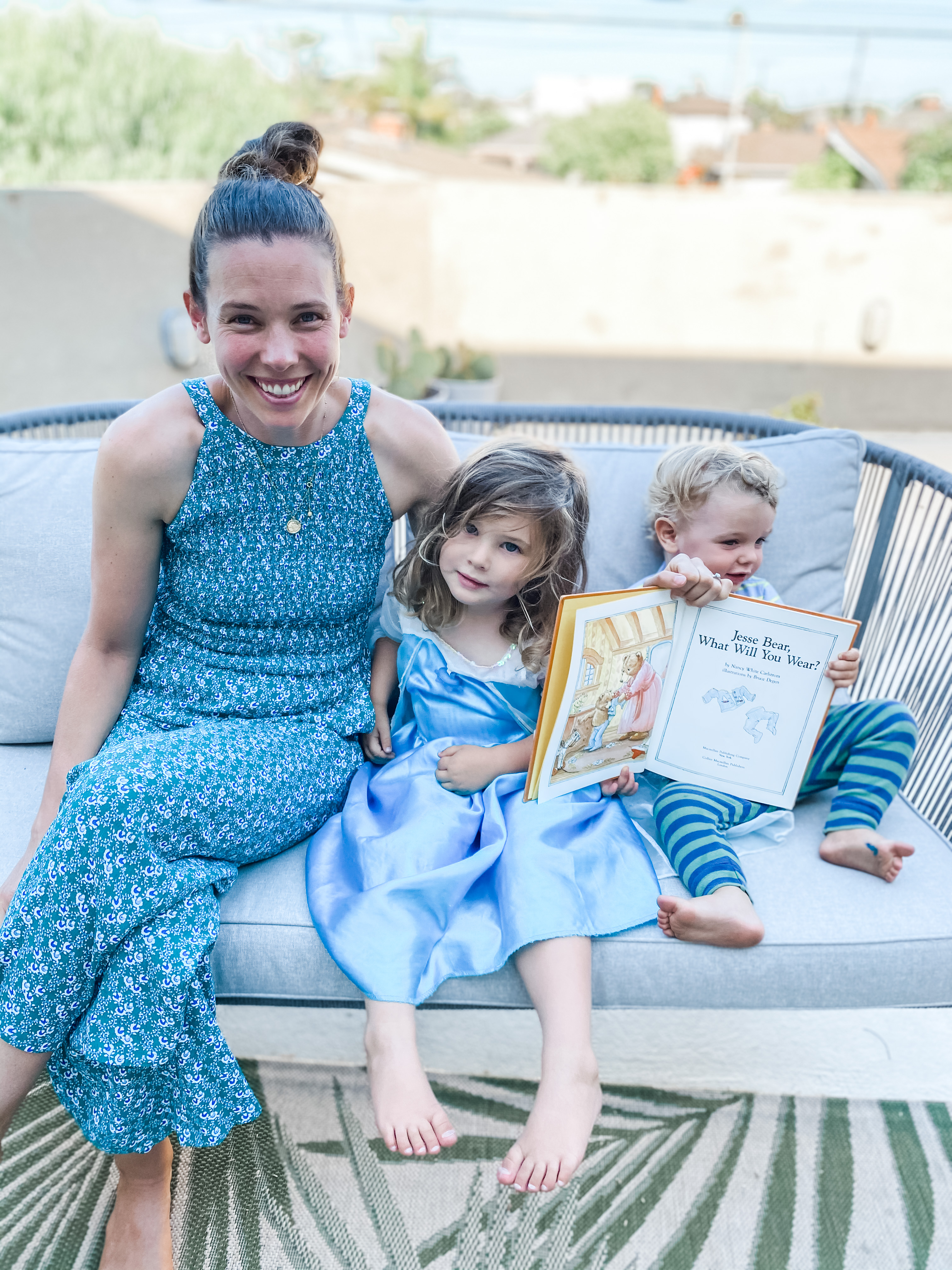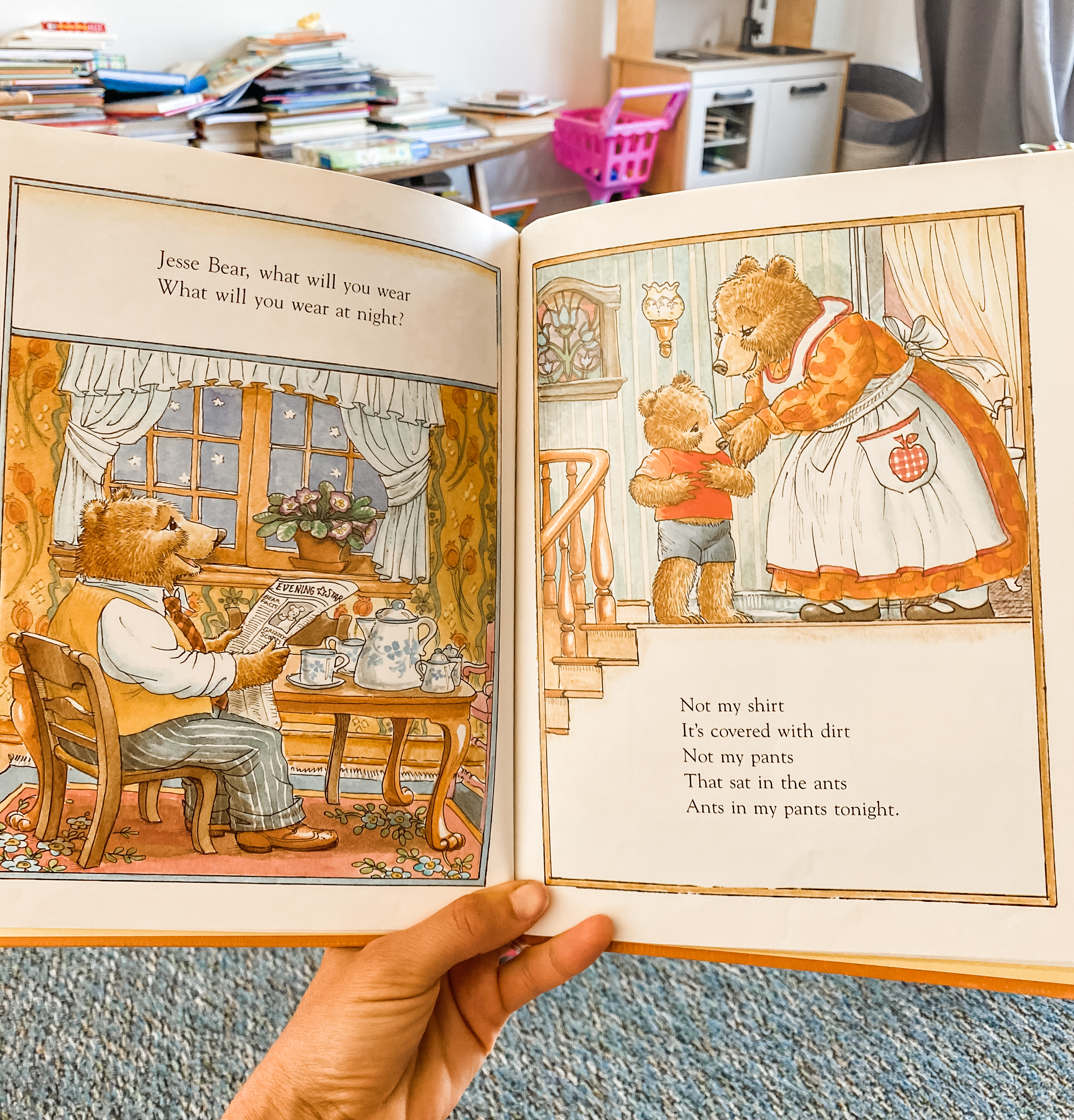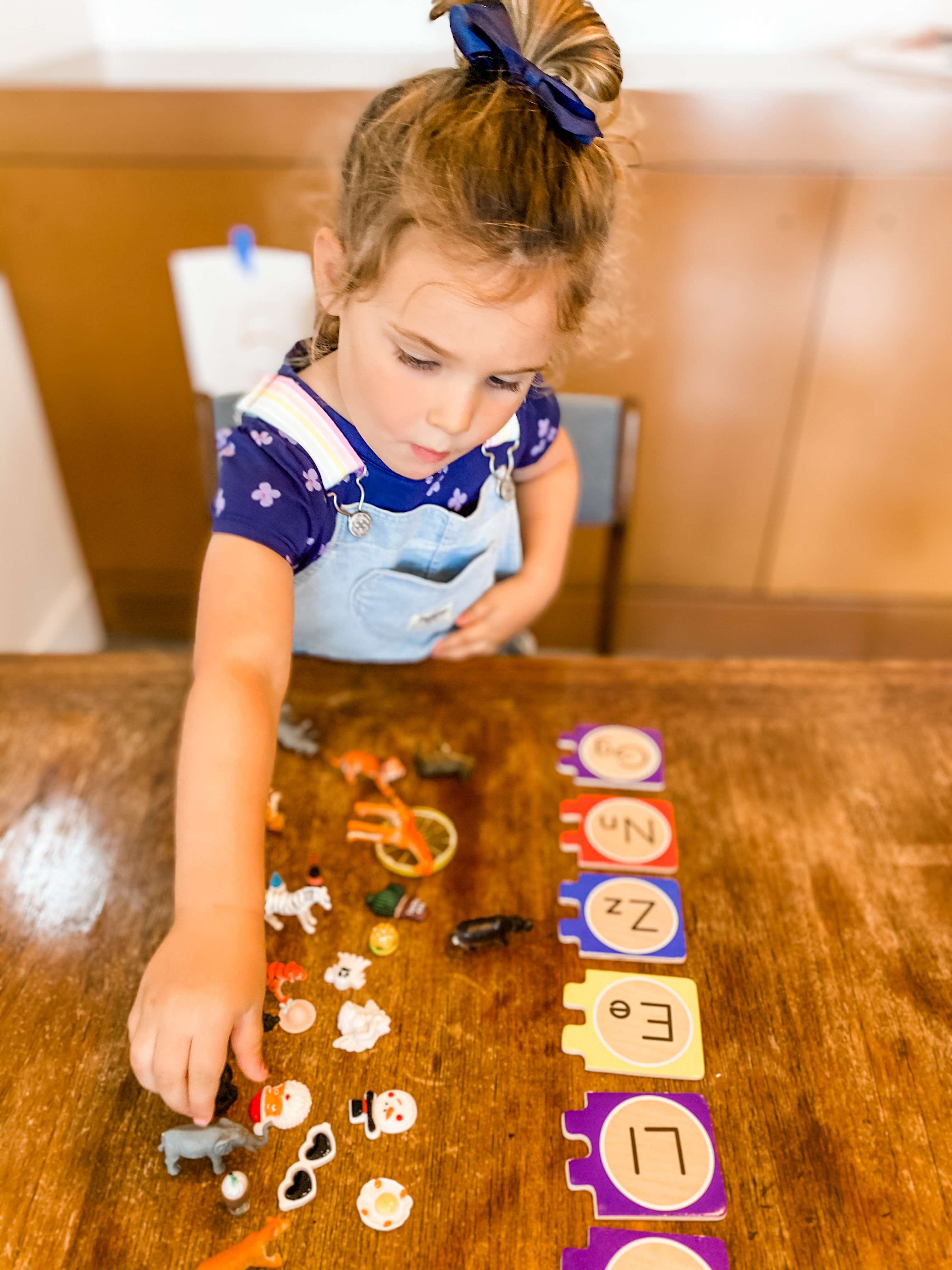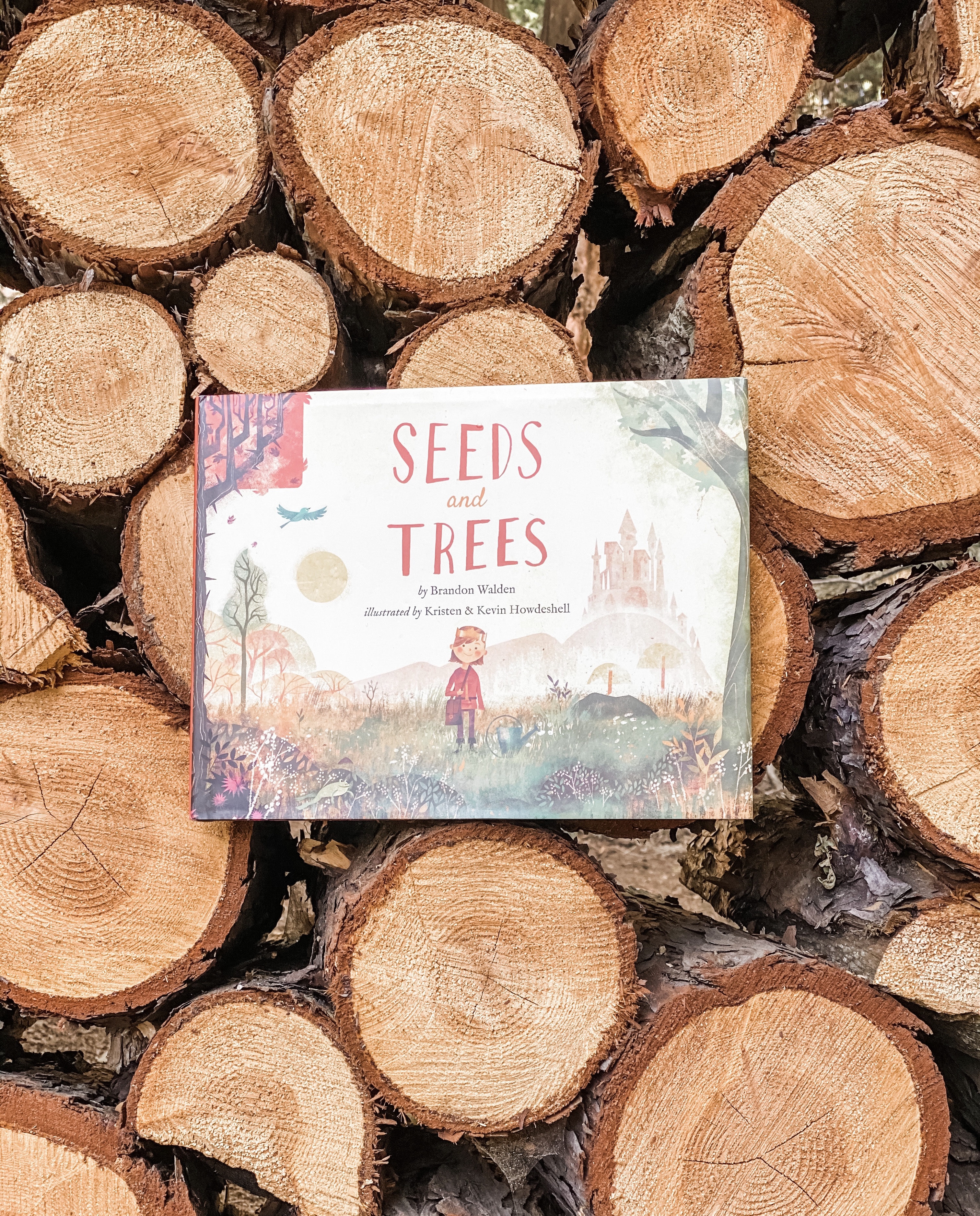This past week, my husband and I celebrated our SEVENTH wedding anniversary. We didn’t do much (its hard to find a babysitter during a pandemic), but it still felt pretty momentous.
Dan and I were the first of our friends to get married. Our wedding was in July of 2013, and we were a mere 25 years old. We got married in Chicago, and my mom was my wedding planner. I can honestly say that it was the best day of my life, largely thanks to my parents, and the college and high-school friends in attendance who hadn’t yet learned the difference between a frat party and a wedding reception.
When we decided to get married, I remember thinking that it was a big step, but also being sure that it was the right one. I knew I had found a really good guy who loved me despite my weirdness (I haven’t always been an “easy” partner, but he never bats an eye). I also knew that there was a lot my then fiance and I didn’t know about how to make a marriage work, the challenges of living thousands of miles from our families, what it means to navigate grown-up careers, and the stress kids would bring into our lives. I knew that we would definitely face some of the hardest times of our lives together, and that we would hopefully grow together in the process.
I also knew that uncertainty is inevitable, and that making no choice, would have been way worse than making what could possibly end up being the wrong one. So we jumped.

The House in the Cerulean Sea by TJ Klune is about a man named Linus who never jumps. He thrives on living comfortably, and refusing to take risks. As a result, he is very, very lonely, but refuses to admit it–even to himself.
Linus works for The Department in Charge of Magical Youth, and is a good employee, as most hard-working people with no semblance of a social life are. As a result of his diligence, impartiality, and lack of confidants, he is chosen by Extremely Upper Management to work a top secret, and very important, assignment.
Linus is sent to an orphanage for magical youth, in order to determine whether the living conditions are “adequate.” When he arrives, he finds himself confronted with some pretty terrifying “children,” but also discovers that his assignment might actually have more to do with the orphanage director, than the children themselves.
Klune is a masterful world-builder, and succeeded in truly transporting me to a very believable Marsyas Island. The characters were strange, but also delightfully witty and relatable. (Any author who can get me to connect with the child of Satan really knows what he’s doing.) I fell in love with the kids right alongside Linus, and really enjoyed how his character development required a little suspension of disbelief, but not as much as I would have thought for such a fantastical book.
But the best part of the book is the love story that lit a roaring fire in Linus’s cavernously empty heart. Going into this book, I knew that it was a queer love story, and I honestly wasn’t sure if I would connect or relate to it as I would a more hetero-normative plot line. But boy, was I wrong.

The most amazing thing about my own marriage is how much it has changed both my husband and myself. Neither of us are the people we were seven years ago, and I could not be more grateful for that fact. My husband has taught me how to have compassion for myself, and helped me overcome the habits that were holding me back. I have taught him how embrace the discomfort of his feelings, and how to clean a toilet.
In the book, Linus learns that there are things in life worth fighting for, and he teaches his partner how important it is, both for yourself, and those who look up to you, to be truly and authentically yourself.
Like our love story, Linus’s is one of struggle, faith, and compromise. Linus spent a good chunk of his life struggling to work up the nerve to to even believe in anything worth reaching for. But once he finally did, it was pretty great.
People often say that “marriage isn’t easy,” and I’m not sure that’s true. When I think of the past seven years, I can think of a lot of things that were hard, but, at the end of the day, if you take those things away, our bond, and the way we feel about each other, is the easiest thing I have. And at the end of The House in the Cerulean Sea, Linus also realizes that life would be a lot easier (and crazier, and sillier, and more fun) if he just let the rest of it go, and allowed himself to fall in love.
The Book (Click to Purchase):













